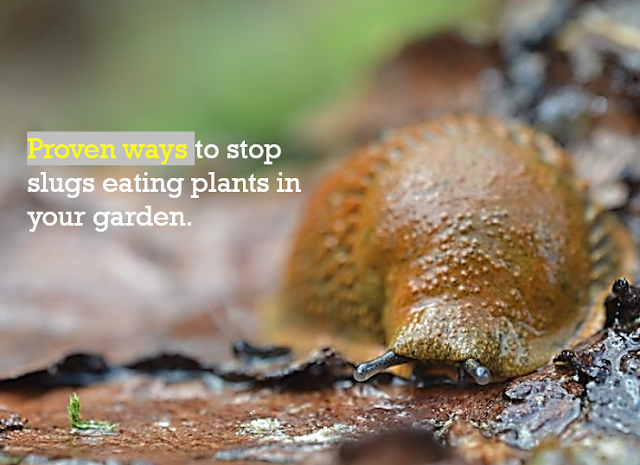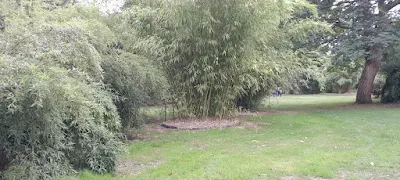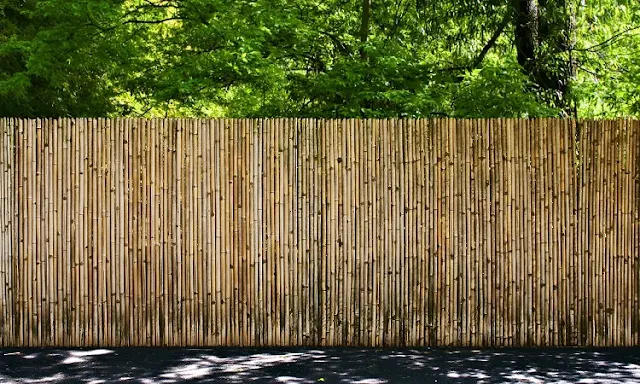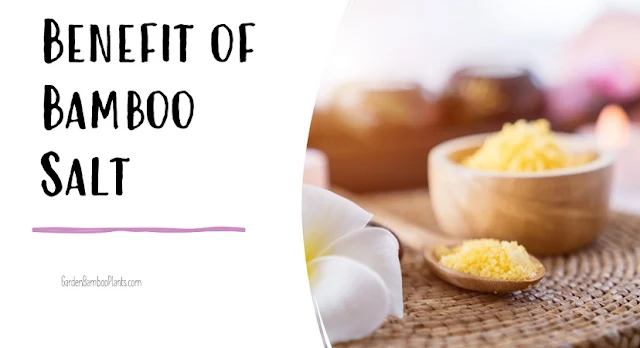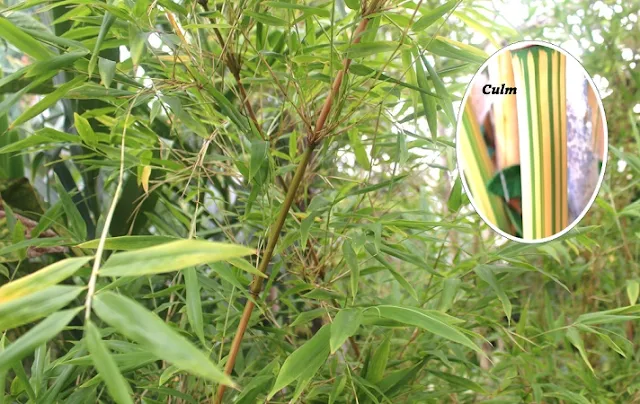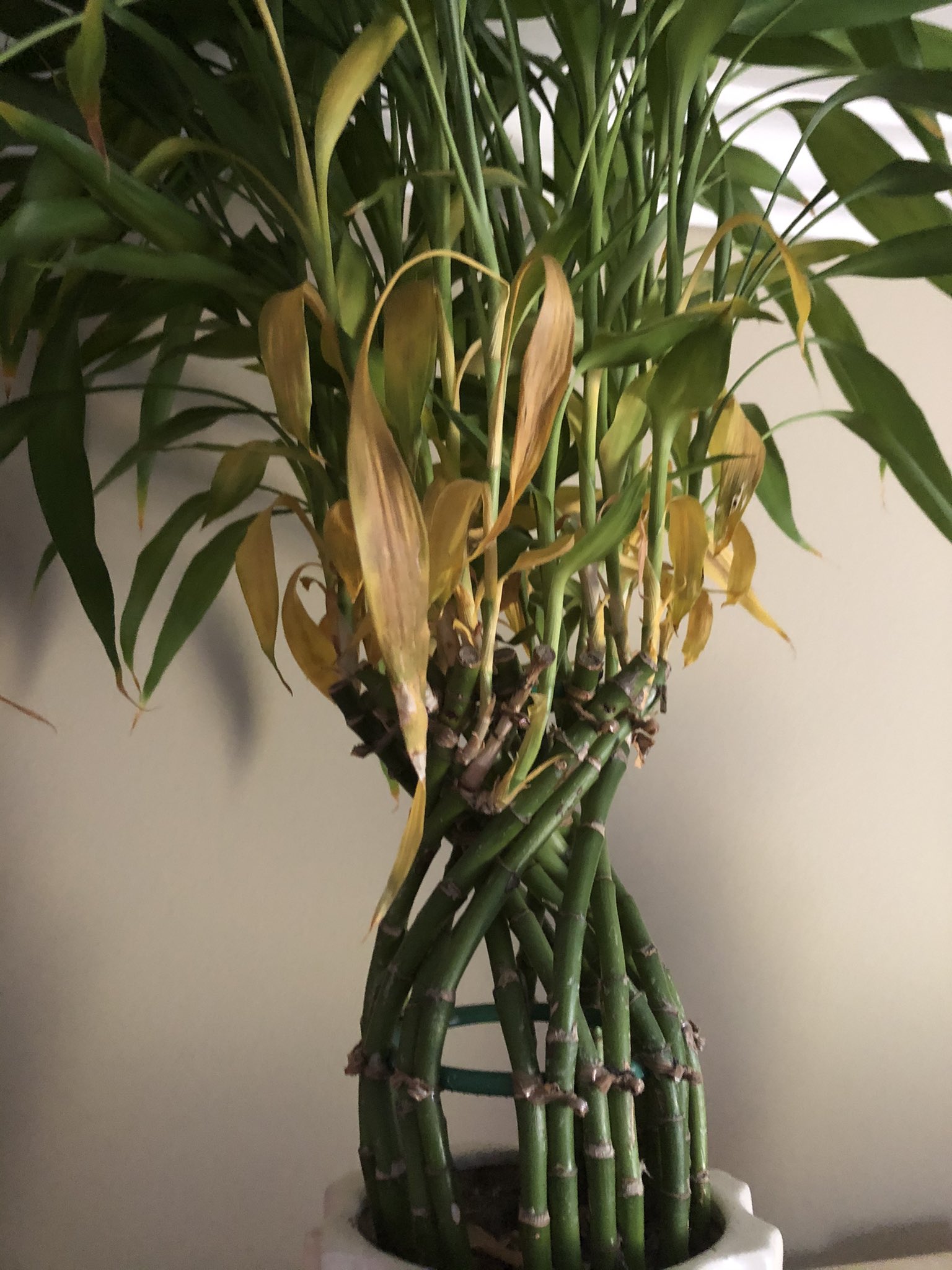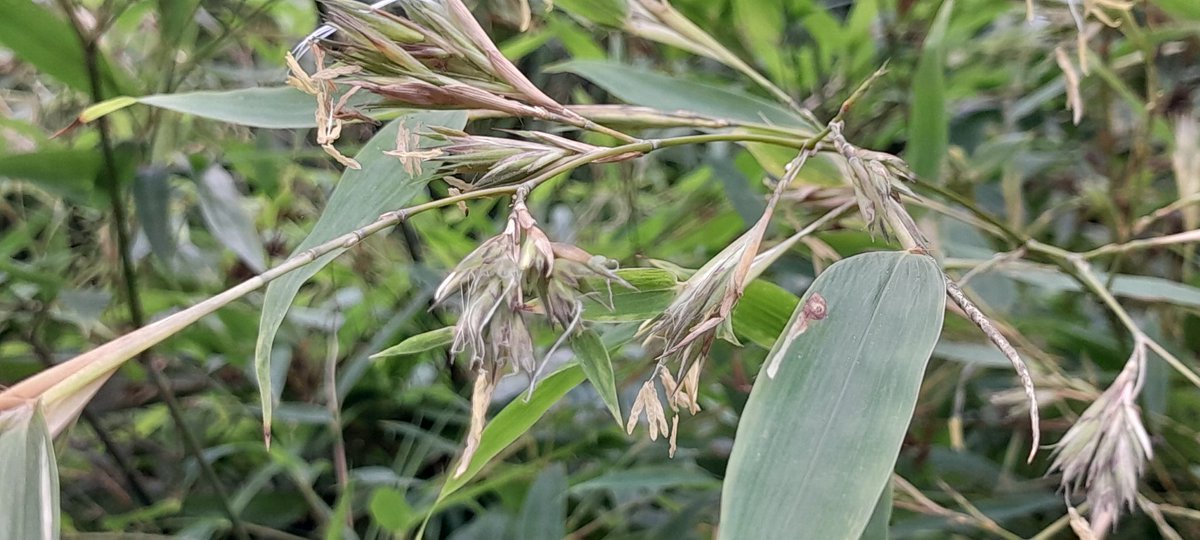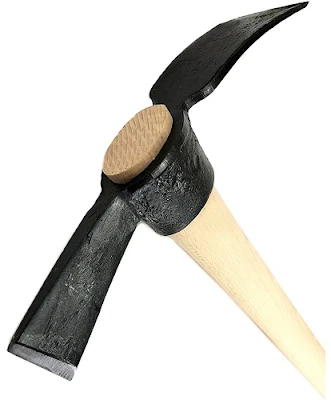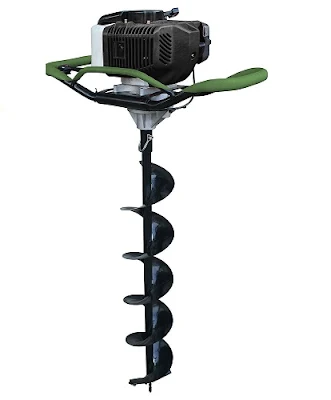Giant kelp is a type of brown algae and is not a plant but rather a plant-like organism that grows in clear ocean water. It forms underwater forests in shallow coastal areas. Kelp requires sunlight for photosynthesis, so it typically grows in well-lit areas.
If the kelp is in sunlight, it can undergo photosynthesis, which converts carbon dioxide from the surrounding water and sunlight into energy-rich molecules such as glucose. These energy-storage molecules, such as starch, are produced during photosynthesis and serve as a source of energy for the kelp.
Assuming the kelp is in sunlight, the photosynthesis process would have occurred over the last few hours. As a result, the kelp would have been taking in carbon dioxide from the water and converting it into energy storage molecules. The specific change in the number of energy storage molecules would depend on various factors, including the intensity of sunlight, availability of nutrients, and metabolic activity of the kelp.
Q: What are giant kelp?
A: Giant kelp are plant-like organisms that grow in clear ocean water and form underwater forests in shallow coastal areas.
Q: Do giant kelp require sunlight?
A: Yes, giant kelp require sunlight for photosynthesis, which converts carbon dioxide and sunlight into energy-rich molecules.
Q: What happens when giant kelp is in sunlight?
A: When giant kelp is in sunlight, it undergoes photosynthesis, converting carbon dioxide from the surrounding water and sunlight into energy storage molecules like glucose.
Q: What are energy storage molecules in kelp?
A: Energy storage molecules in kelp are compounds such as starch, which are produced during photosynthesis and serve as a source of energy for the kelp.
Q: What factors can affect the number of energy storage molecules in kelp?
A: The number of energy storage molecules in kelp can be influenced by factors such as the intensity of sunlight, availability of nutrients, and the metabolic activity of the kelp.
Q: Can giant kelp grow in areas without clear ocean water?
A: Giant kelp generally require clear ocean water as it allows sufficient sunlight penetration for their growth. They are less likely to thrive in areas with murky or turbid waters.

